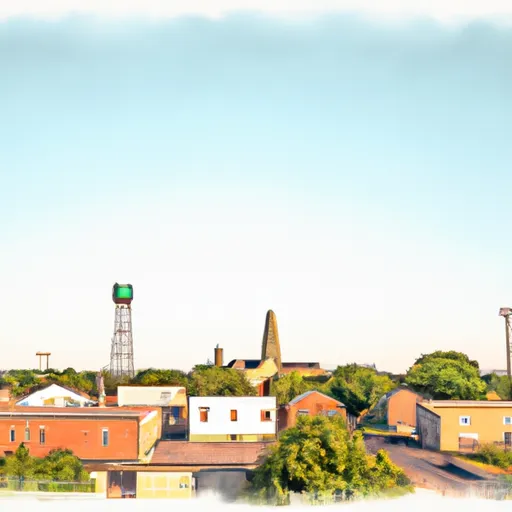°F
°F
mph
Windspeed
%
Humidity











Vincent, Iowa is a small town located in Webster County in the central part of the state. The climate in Vincent is characterized as a humid continental climate, with four distinct seasons. Summers are warm and humid, with temperatures averaging in the mid-80s Fahrenheit. Winters are cold, with average temperatures ranging from the low 20s to high 30s Fahrenheit. Precipitation is evenly distributed throughout the year, with mild rainfall in summer and snowfall in winter.
Vincent is surrounded by several water bodies, including the Des Moines River to the east and Lizard Creek to the west. These hydrology constituents provide opportunities for various outdoor recreational activities such as fishing, boating, and kayaking. The river and creek are known for their diverse fish populations, including bass, catfish, and walleye.
Additionally, Vincent is in close proximity to several natural areas and parks, offering opportunities for hiking, camping, and wildlife observation. Brushy Creek State Recreation Area and Kennedy Park are popular destinations for outdoor enthusiasts, providing numerous trails and beautiful natural landscapes.
Overall, Vincent, Iowa offers a pleasant climate, access to water bodies, and a range of outdoor recreational opportunities for residents and visitors to enjoy.
Weather Forecast
Vincent receives approximately 859mm of rain per year, with humidity levels near 84% and air temperatures averaging around 9°C. Vincent has a plant hardyness factor of 5, meaning plants and agriculture in this region thrive during a short period during spring and early summer. Most plants will die off during the colder winter months.
Regional Streamflow Levels
63
Cubic Feet Per Second
100
Cubic Feet Per Second
8
Cubic Feet Per Second
8
Cubic Feet Per Second
Nearby Camping
| Camping Area | Reservations | Toilets | Showers |
|---|---|---|---|
| Rapidan Dam Co Park | |||
| Baylor Co Park | |||
| Minneopa State Park | |||
| Riverside Park - St Peter | |||
| Daly County Park | |||
| Allansons Park |



